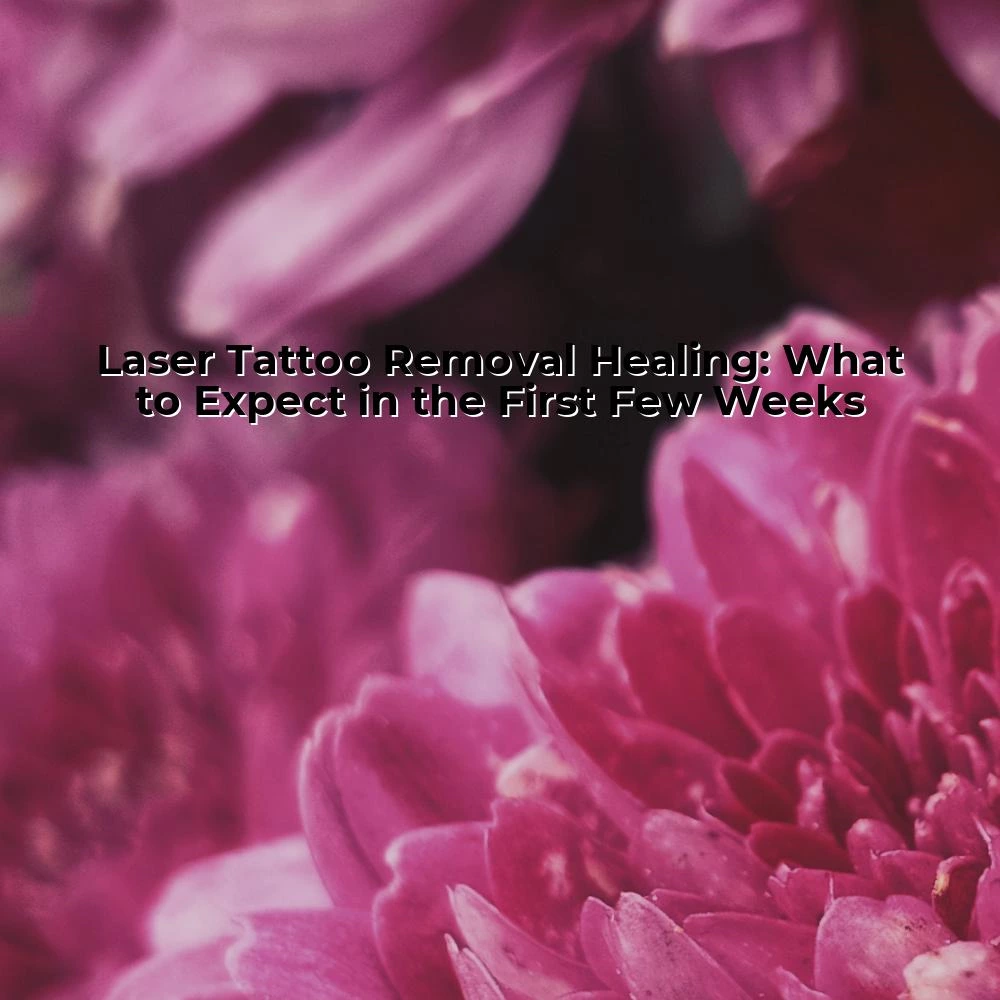Laser Tattoo Removal Healing
| Visit:90

Laser Tattoo Removal Healing
The process of Laser Tattoo Removal Healing is one that comes with a host of varying experiences. A doctor who performs laser tattoo removal needs a keen understanding of what their patients can expect during the healing process, to ensure they are able to guide them appropriately.
The initial stage of laser tattoo removal healing typically lasts a week and is characterized by skin irritation, redness, or tenderness. There might also be blisters that form a few hours to three days after the procedure. Patients are usually advised to leave these blisters untreated, allowing them to heal naturally.
Following is a detailed breakdown of the healing process within the first few weeks.
Week One: Initial Reaction
After the tattoo removal procedure, the skin can appear red, swollen, blistered, or bruised. This is a normal reaction and may last for up to a week. To minimize discomfort, patients are advised to apply a cold compress to the area and elevate it as much as possible. Hydration is paramount at this stage to aid healing.
Week Two to Three: Blistering and Scabs
During the second week, blistering often occurs. This stage might appear alarming to some patients, but it is a normal part of the healing process. The blisters should not be popped, scratched, or picked at, as this can cause scarring. The skin may also start to scab over, further aiding the healing process.
Week Four to Six: Fading Scars
By the fourth week, the scabbing will have subsided, and the skin should start to look normal again. However, the tattoo may still be visible since most tattoos require multiple treatments for complete removal. It's essential for patients to remember to keep the area moisturized and protected from the sun to prevent further skin damage.
During all stages of healing, it's crucial for patients to follow aftercare instructions provided by their physician exactly to minimize discomfort and the risk of complications. This includes proper cleaning and bandaging of the area, avoiding picking at scabs or popping blisters, and staying hydrated and nourished. Furthermore, the skin should be protected from sun exposure for at least three months after the last treatment, as this can cause pigment changes in the skin.
For professionals like doctors who regularly interact with patients undergoing laser tattoo removal, acknowledging these stages puts them in a strong position to anticipate and address common concerns of their patients.
With each passing day, the conditions may change. Nonetheless, we must ensure all necessary steps are taken to guarantee the safety and comfort of the patient. Good understanding of the healing timeline is critical in helping patients manage the healing process after each session effectively.
For more details about the laser tattoo removal healing process, visit this link: https://www.ciellulu.net/
The intentions behind tattoo removal are as varied as the tattoos themselves. In understanding the healing process, professionals can offer more tailored advice and thus provide improved care for their patients.
With the aforementioned guide, doctors can now confidently set their patients’ expectations during the weeks following their tattoo removal surgery.
Source: Laser Tattoo Removal Healing




 Ciellulu Laser - Facial Machine Supplier
Ciellulu Laser - Facial Machine Supplier

